
3 Exercises to Build Powerful and Strong Feet

At the root of every lower body movement, the foot is at work. In the gym, sport, and more dynamic effort movements, a passively active foot can lead to a slue of issues. It's well understood that an active foot position is a must for supporting ankle stability in exercise and sport, and this concept is a skill that should be practiced just like a fine tuned golf swing.
If you've been scrolling social media as of late, you've probably noticed a lot of posts highlighting active foot training. The foot is an often overlooked area to train and can get written off for more glamorous lower body muscle groups like the quads, hamstrings, and glutes.
The beauty of programming active foot exercises with strategy is that you'll still target the larger muscle groups listed above while improving your active foot position. In this article, we'll discuss what an active foot position is, benefits of an active foot, and exercises to improve active feet.
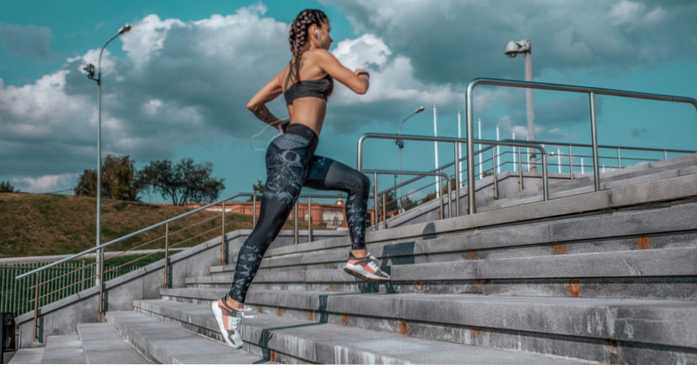
What Is An Active Foot?
An active foot is when all of the musculature of the foot are working to promote a stable base, which then translates to the rest of the legs. The easiest way to conceptualize an active foot is to think pulling the ground together between the toes and heels, as if you're making a fist with the feet.
When lifters and coaches refer to creating a tripod foot position, they're often referring to creating an active foot position, a.k.a. gripping the floor with the base of the big toe, pinky toe, and heel.
A passive foot is when the musculature of the foot are relaxed, which will generally resemble a foot lacking arch and any form of flexion. When moving, one way to check a passive foot is look at the knees, as they'll be showing signs of valgus or instability.
Benefits of An Active Foot
There are handfuls of benefits that come along with improving upon the skill of maintaining an active foot. These benefits span across all walks of life (pun intended) and can be useful for every type of lifter.
1. Improved Stability
Let's look at the squat or lunge for an example. When moving through the eccentric (lowering phase) and transitioning into the concentric (standing phase) a foot that is passive at any point can result in things like poor knee tracking and loss of total body tension.
The feet are the roots that translate power from the body into the ground and without them engaged, stability and strength can be lost.
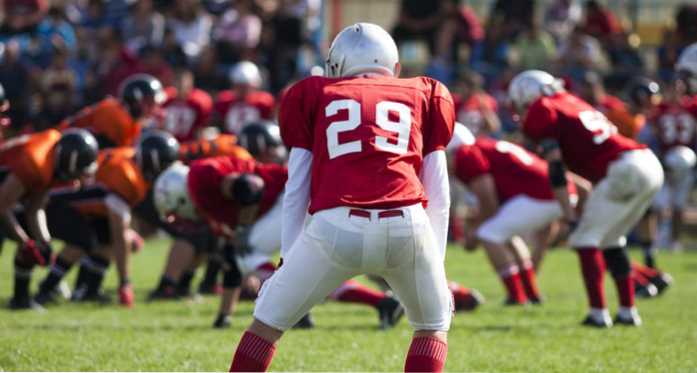
2. Carryover to Sport
The skill of having active feet in movement will have carryover to favorable sport performance, as an active foot can support things driving through the toes in sprints, gripping the floor when landing from jumps, and maintaining a stable base when receiving contact from an external force.
In practice, the carryover to sport will often be a produce of strategic programming and the specificity of the exercises being performing with an active foot.
3. Better Foot Endurance
The muscles of the feet need attention just like every other muscle else on the body. For some lifters and athletes, their foot muscles are not as naturally strong as others, or they need to increase their current strength because of factors like improved competition, upping their own game, or simply checking all of the boxes that could result in a decrease of performance.
There are handfuls of muscles that make up the foot and three of the larger muscles that are worth knowing include:
- Adductor Hallucis: Responsible for flexion and adduction of the big toe joint and supports transverse and longitudinal arch.
- Flexor Digiti Minimi: Responsible for flexion of the pinky toe joint and it supports the foot's lateral arch.
- Flexor Digitorum Brevis: Responsible for flexion of the four smaller toes and it supports the foot's longitudinal arch.

The three muscles above are only the tip of the iceberg when it comes to improving performance by strengthening the feet's musculature.
3 Exercises Worth Trying
Before including the exercises below into your program, it's worth acknowledging the specificity of their nature. These exercises will work best for those looking to improve and strengthen their abilities to create an active foot. They should not be used to just “change things up” for the sake of changing a program around.
1. Heel Elevated Split Squat
The first exercise worth trying is the front foot and heel elevated split squat. This exercise will be executed similarly to normal front foot elevated split squats, but with a slight caveat - the heel will be off the ground.
The floating heel position requires the foot to contract and maintain a static posture, which can help strengthen the arches of the foot. As a general rule of thumb, start with a lower elevated surface and try to stay within the range of 2-6" of elevation.
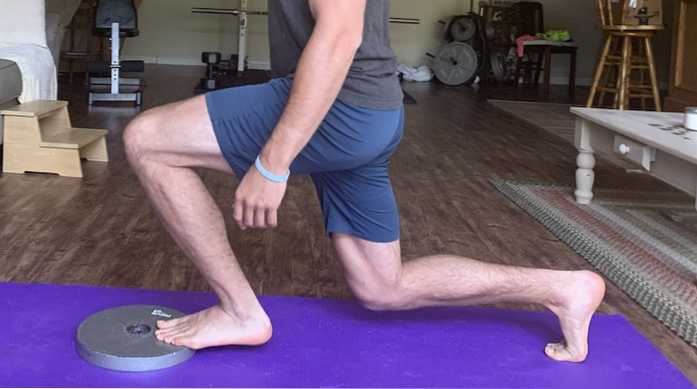
Performance Keys
- Think about gripping the surface with the toes and balls of the feel.
- Don't let the heel drop and dip below the surface.
- Start with a lower surface, then increase height as acclimation occurs.
2. Heel Elevated Bulgarian Split Squat
This quad burner is performed similarly to traditional Bulgarian split squats, but the front foot will be up on its toes. This variation is fantastic for strengthening the hips, glutes, legs, calves, and feet.
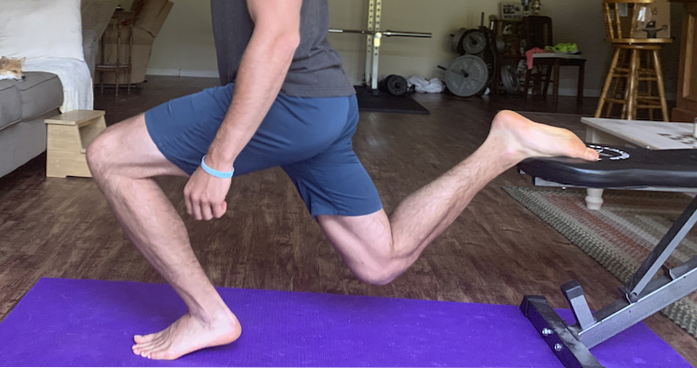
On top of being fantastic for muscle building, this variation is also great for improving coordination, balance, and posture that are regularly needed for athletic endeavors.
Performance Keys
- Start with your own bodyweight before adding external load.
- Keep the height of the back foot consistent with what you normally use.
- Come up on the toes a few inches, but don't over exaggerate this posture.
Related: What's the main difference between the lunge and split squat?
3. Isometric Lunge
This variation can be performed with the front foot elevated or with a flat lunge stance. Essentially, you'll perform a split squat as normal, but perform a hold at the bottom with the front foot up on the toes.
This is a fantastic exercise for progressing into active foot training more regularly, improving balance, and working to improve desired postures needed for sport.
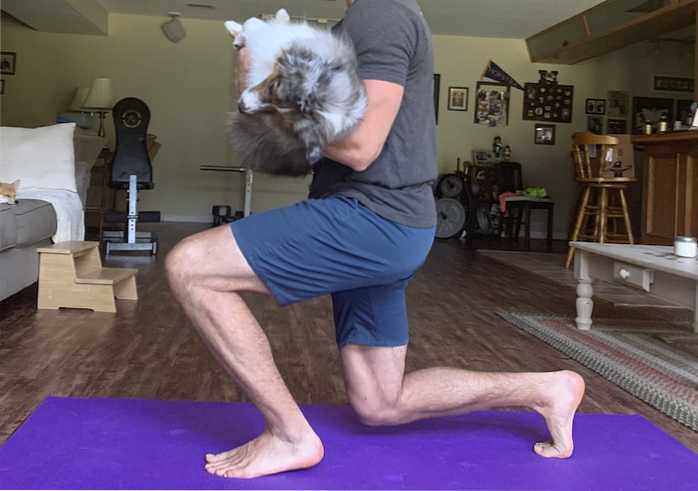
Performance Keys
- Brace, but don't let rigidity interfere with natural movement.
- Maintain a similar foot position throughout the set.
- Start with bodyweight, then progress into loading.
Another cool way to make this exercise tough is to hold a band in a similar position to a Pallof press, then have a friend hold the band to the side of the body so there's a light tension and directional pull away from your equilibrium.
Wrapping Up
The feet often get overlooked for some of the larger, more glamorous body parts, but they deserve love and attention. For those that play sports and partake in serious lifting endeavors, then the feet can need more programming than the average lifter to accelerate performance.
Feature image by byswat/shutterstock



Nimeni nu a comentat acest articol încă.